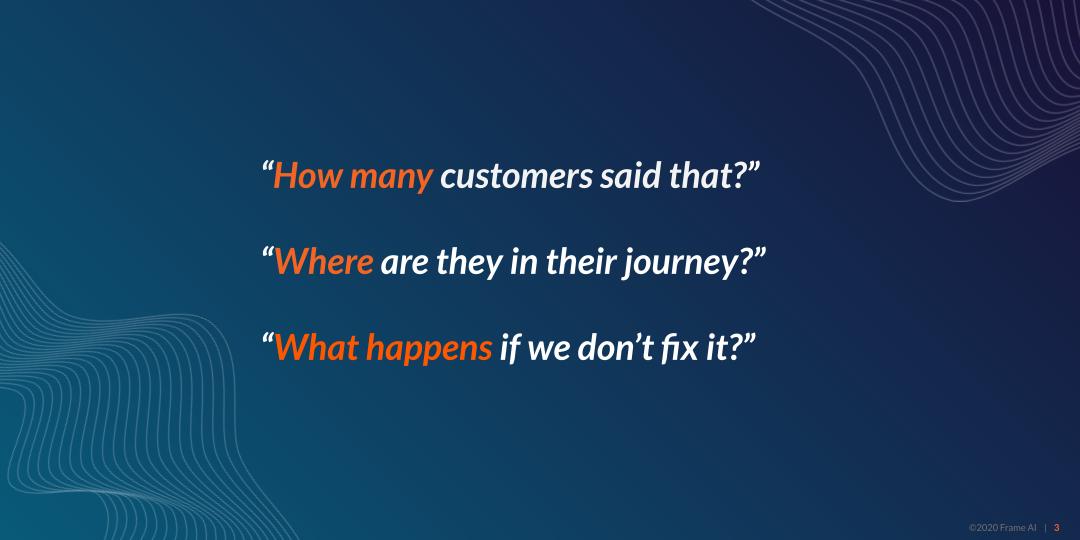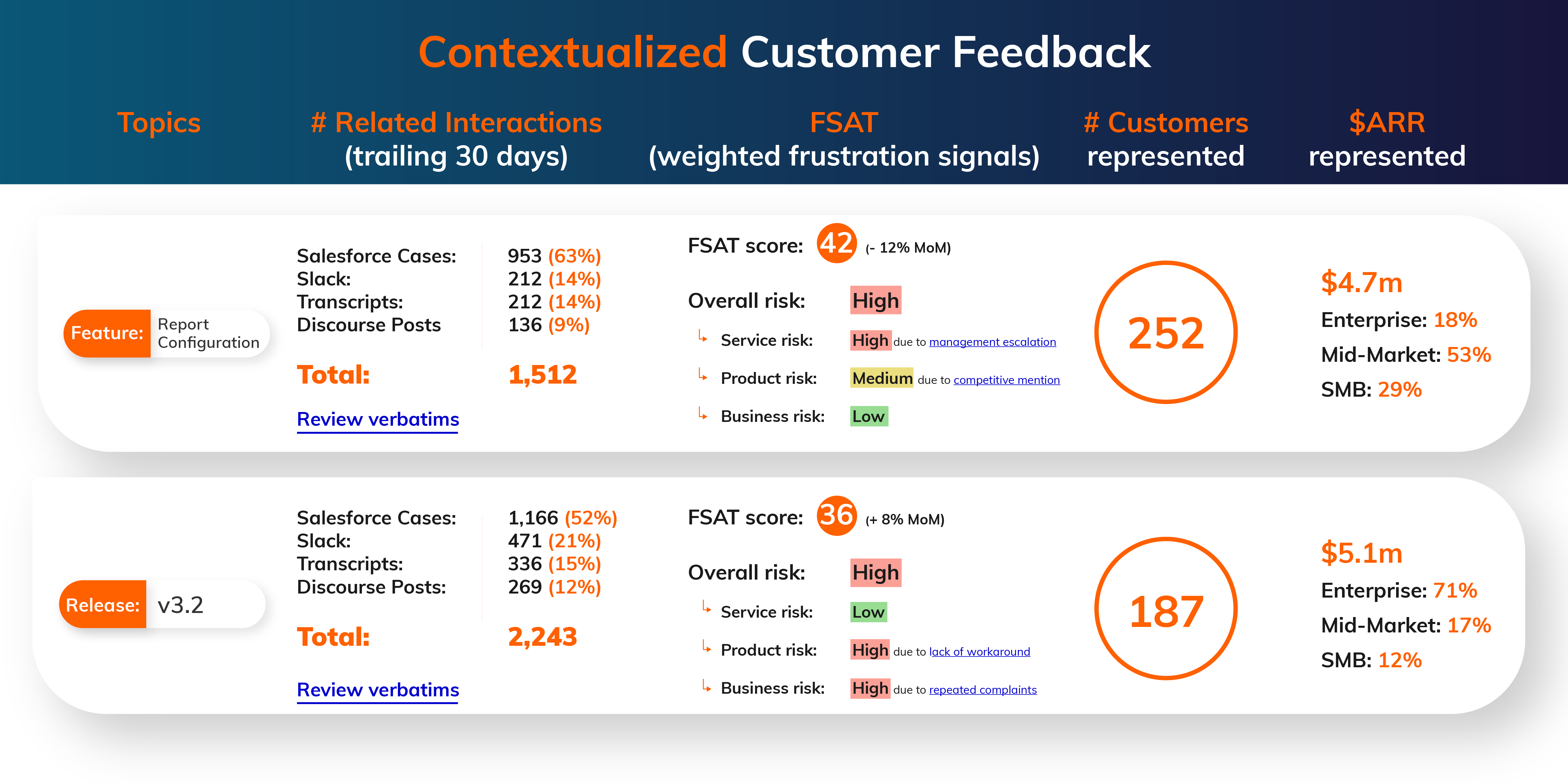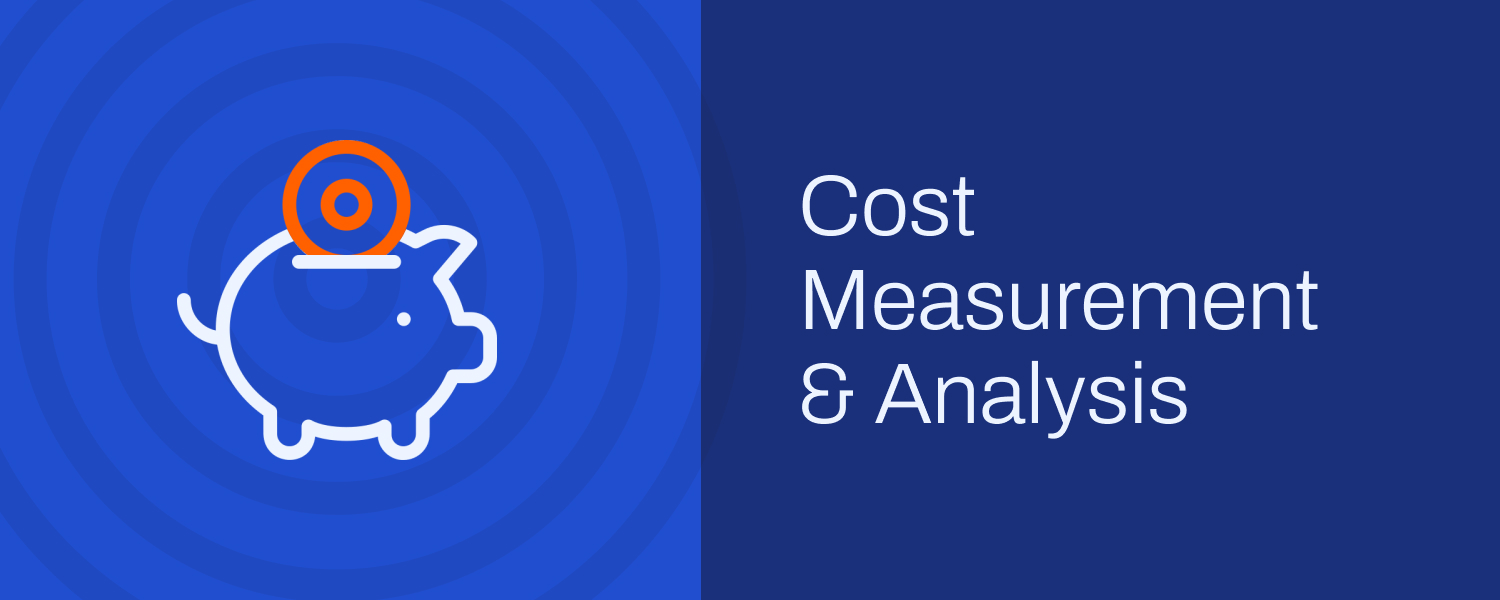This post is the second in a three-part series about assembling your customer feedback stack so that you can take action faster and more effectively than ever before. In case you missed it, catch up on the first post here .
Have you ever kicked off a meeting prepared with hard-won customer feedback, only to face a barrage of questions that aren’t easy to answer about the impact of that customer feedback?
The sheer volume of customer feedback at your disposal can be overwhelming, but no company can or should act on all customer feedback. With feedback spread across millions of interactions every year in different channels, how do you identify the feedback that moves the needle for your customer relationships and makes sense for your business?

Step 2: Contextualize Your Customer Feedback
###
From High-Quantity to High-Quality Customer Feedback
In a 2018 study by Econsultancy and Adobe, 65% of companies reported that improving their data analysis is key to delivering a better customer experience. In step 2 of assembling your customer feedback stack, context takes center stage. Contextualizing your customer feedback significantly improves analysis quality, but most importantly, it empowers you to build a bulletproof business case so you can take action where and when it matters. Profile data from your CRM is a critical ingredient to your business case. A successful business case needs to consider the dollar amounts at stake across potential decisions and how many customers any given decision will affect. If you rely entirely on revenue, you can overweight your roadmap to very large strategic customers whose feedback may represent edge-cases that do not necessarily apply across a meaningful proportion of your customer base. Looking at feedback by customer segment, for example, may also illuminate essential gaps in your product or service offering available to groups of customers. Another vital piece of context is where customers are in their journey with you. You may see spikes in certain types of inquiries during onboarding when customers are in the early days of understanding how they will benefit from partnering with you. You may also need to ring some alarm bells if issues persist or worsen, leading up to renewal time. Layering data from your CRM, which is full of this critical context, across your unified customer feedback hubis a surefire way to extract loud and clear signals from the noise.
Qualitative context is just as important. Even if you have a laundry list of customer asks attached to frequency, revenue, and journey stage, qualitative context like verbatims is crucial to illustrate the full picture for the cross-functional stakeholders you need to mobilize. Qualitative context includes examples of underlying pain points in action — what exactly is happening when the customer is experiencing a given issue, and what are the consequences of not solving the problem? The answers to these questions are in the organic feedback sources we discussed in part I. Natural language understanding technology (“NLU”) is your best ally in surfacing the most impactful qualitative context. By analyzing the keywords and topics that customers discuss at scale, NLU can help automatically apply existing tags and generate new ones to organize the unstructured data that your organic feedback sources represent. Furthermore, NLU can help attach customer sentiment to those keywords and topics, so you can see what’s driving positive and negative customer experience, whether the drivers are related to your product, your business, or service experience.

Together, layered CRM data and NLU enrich your unified customer feedback hubwith the context you need to turn your customer feedback into action.
Stay tuned for part III next week, covering the final step to assembling your customer feedback stack so that you can activate more customer feedback faster. In case you missed it, catch up on part I here .


